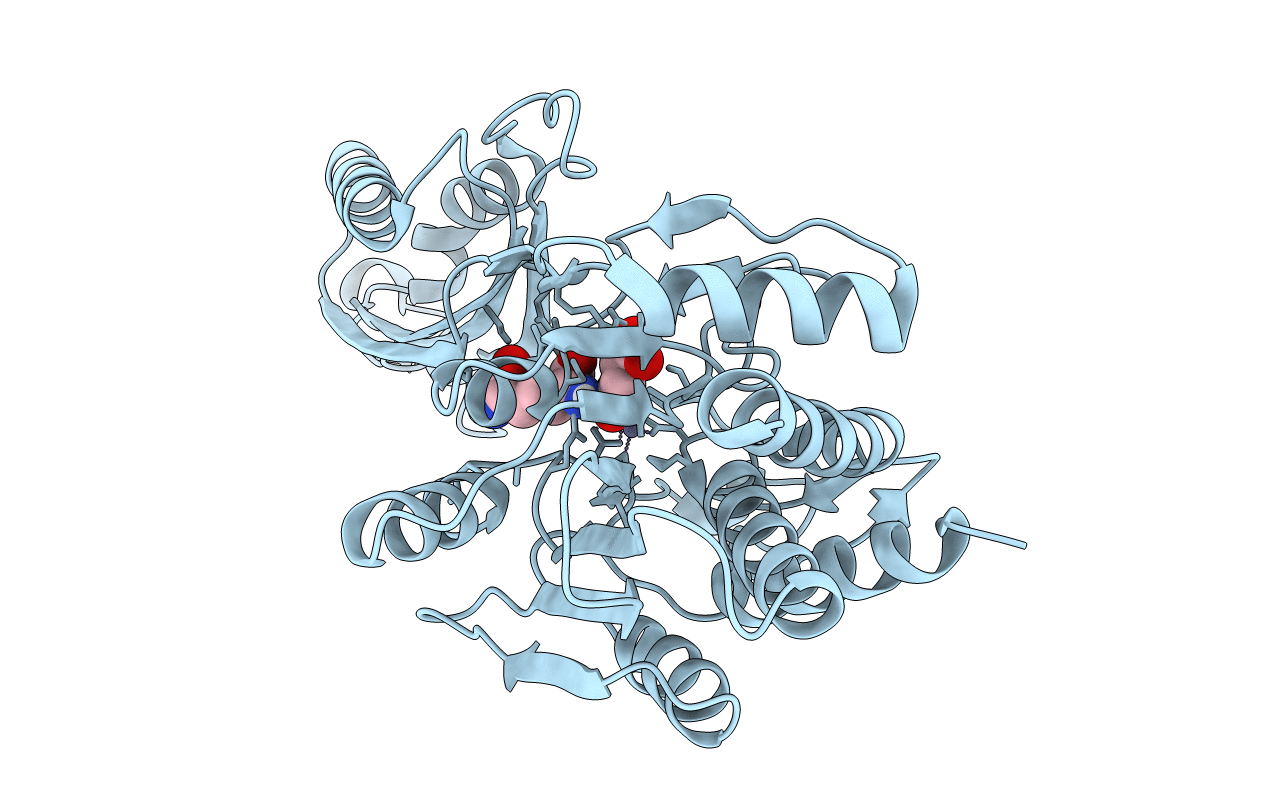
Deposition Date
2017-05-01
Release Date
2018-07-25
Last Version Date
2023-11-15
Entry Detail
PDB ID:
5VO3
Keywords:
Title:
Crystal structure of DapE in complex with the products (succinic acid and diaminopimelic acid)
Biological Source:
Source Organism:
Haemophilus influenzae (Taxon ID: 727)
Host Organism:
Method Details:
Experimental Method:
Resolution:
1.95 Å
R-Value Free:
0.18
R-Value Work:
0.16
R-Value Observed:
0.16
Space Group:
I 2 2 2


